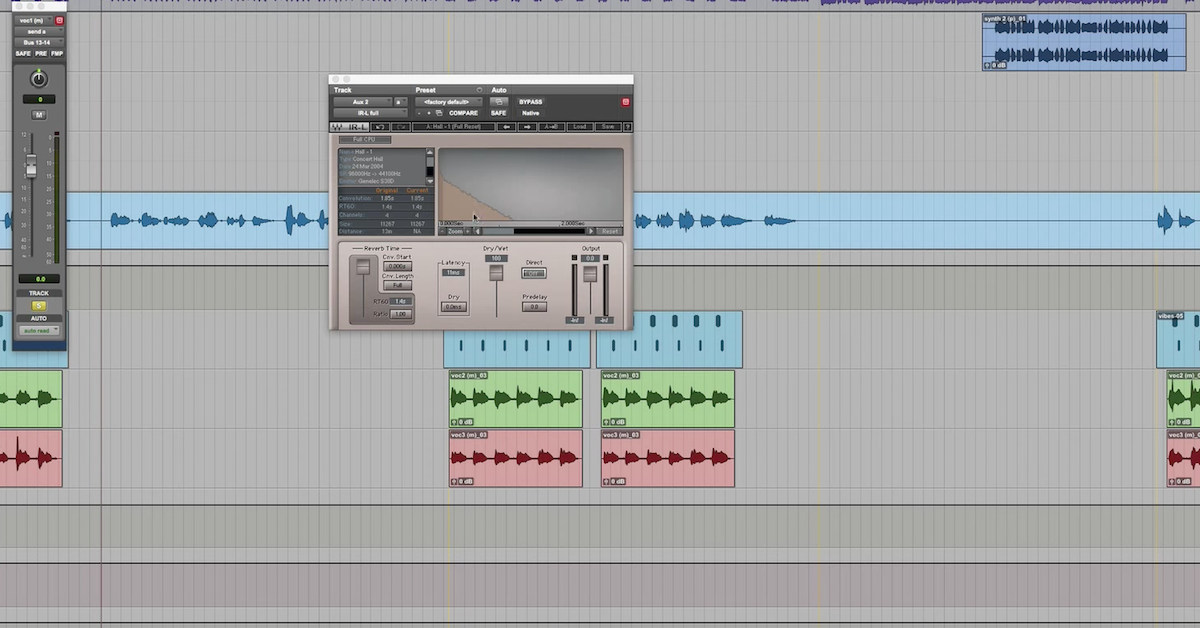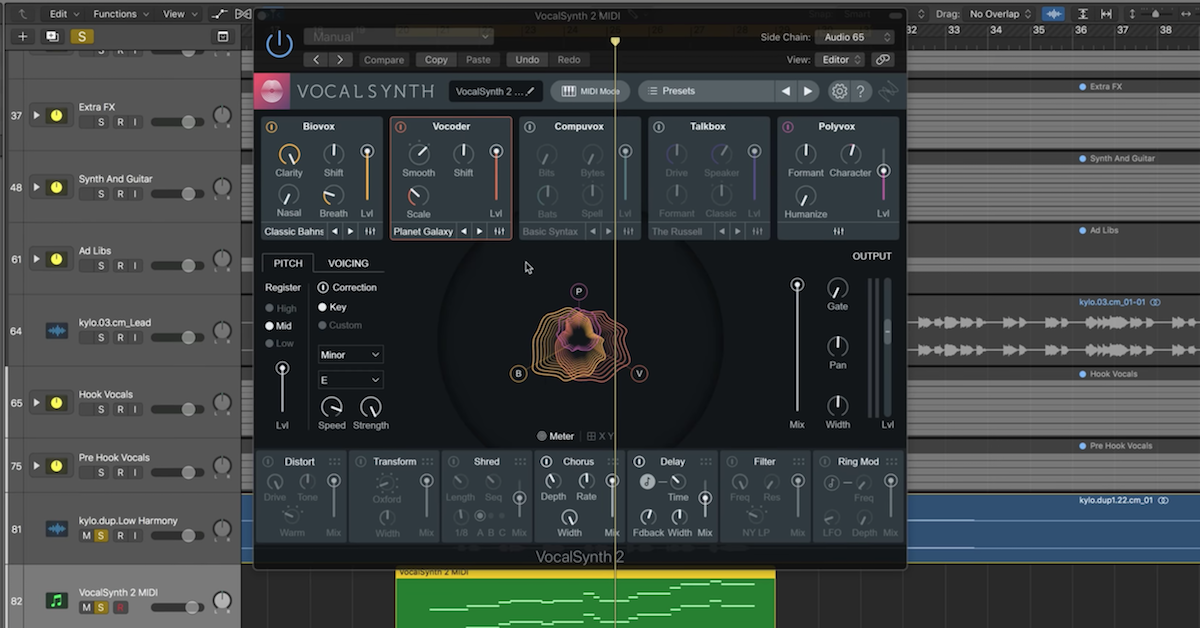Introduction to Disc Description Protocol (DDP)
Article Content
By the time a recording project is written, produced, and mixed, nobody really wants to consider a detail as deceptively small as how you will convey your CD master from mastering to replication. There are, though, a number of reasons to think twice about burning a CD-ROM and mailing it to your replicator.
These reasons include the cost and fragility of the materials, and the debatably relevant but indisputably real margin of error that optical media introduce. In addition, the time and expense of shipping CD reference discs disconnects the otherwise limitless convenience of producing music across global boundaries using the Internet.
Perhaps the only contemporary alternative is one of the least known, most under-utilized tools in the independent music production world. The Disc Description Protocol (DDP) is a mandatory delivery method for many of the world’s biggest record labels. Here are a few points that will help you understand why, and help you get introduced.
—
1) Doug Carson and Associates (DCA, Inc.) developed DDP to provide replication facilities with a “consistent and complete description of the input media” used to manufacture CDs and DVDs. In other words, a DDP file set is data that completely describes a CD or DVD. From this data your master can be replicated without transmission error.
2) A DDP 2.0 file set for a Red Book Audio CD will typically contain five components:
- Files labeled DDPID, DDPMS, and DDPPQ (or SUBCODES) all describe and organize the disc
- A file that contains the audio data for the disc
- A file that contains the CD Text information for the disc
The specific naming conventions of the audio and CD Text files are not defined by the DDP standard, so it will vary based upon the source application.
3) DDP facilitates direct upload to clients and/or replication facilities, so CD materials costs, shipping time, and the vulnerabilities of optical media are all eliminated. When paired with checksum data, DDP upload is a flawless delivery method.
Checksum is an error detection scheme that provides a unique answer to an equation embedded in the file. When verified by a recipient, the checksum answer verifies the integrity of the file copy.
For more information on using Mac’s built-in checksum tools, check out this tutorial from Sonic Studio.
4) There are numerous affordable DDP player applications available that allow you to audition a DDP image and burn Red Book reference CDs. Some, like Audiofile’s Triumph DDP, even let you use your iPhone to audition your CD program.
Many mastering facilities will provide complimentary DDP player applications for clients. Since DDP is a licensed standard, it doesn’t matter which applications you and your mastering engineer use, or whether they’re the same.
5) Not every CD replication facility is willing or able to accept DDP from their clients. Assuming that DDP file sets are accompanied by checksum information, there is no technical or cost-based justification for this policy. You might consider using ‘DDP-friendly’ as a pass/fail test of whether a CD replicator is reputable or up-to-date. Incidentally, ‘DDP-friendly’ should not involve any additional fees for using DDP. Here’s a list of some of them.
6) If you’re using DDP to deliver your master to replication or duplication, upload is the best delivery method. When that’s not possible, you should ask your mastering facility to provide the DDP file set on a well-labeled DVD-ROM or USB flash drive. Some less experienced (or maybe less literate) CD duplicators have been known to take a CD-ROM and haphazardly produce a large run of discs containing the DDP image itself, as opposed to the disc it describes. You’ll want to avoid this.
7) All of the above is only relevant for making CDs. If you’re choosing to distribute your music digitally, none of this will apply to you. Some of the chaos and minutia highlighted here might suggest that we should all join you in the digital-only world – and we are doubtlessly not too far behind you.
—
If you’re looking for a versatile mastering app with DDP support, check out how easy it is to render DDP files using Triumph from our friends at Audiofile.





